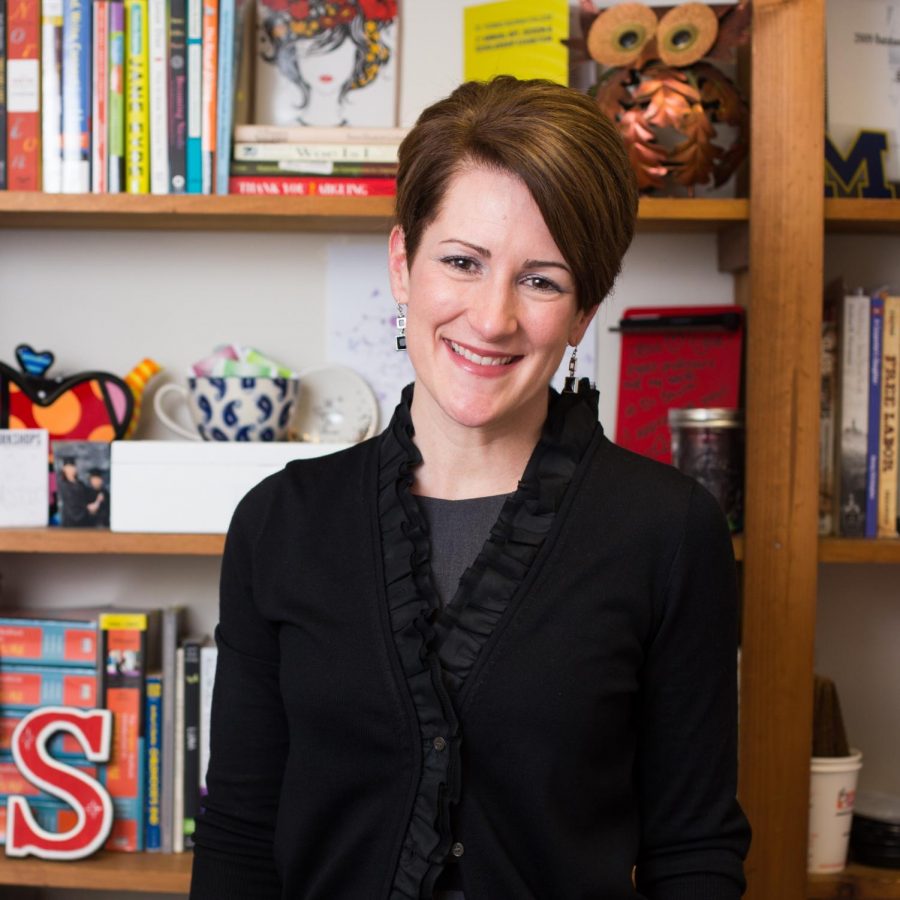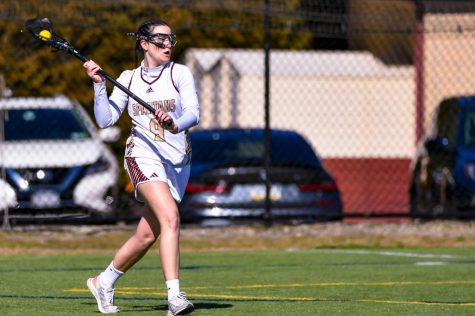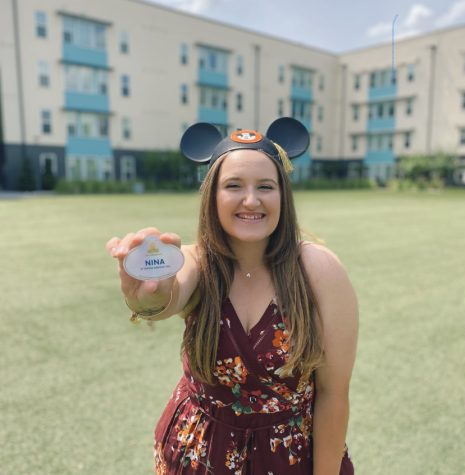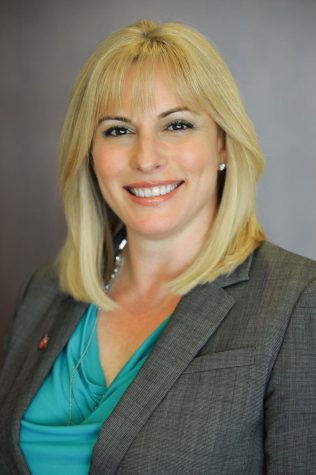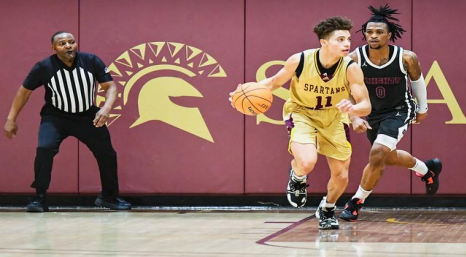A professor’s perspective on adapting to COVID-19 — Dr. Shultz
May 6, 2021
Last spring, Dr. Staci Shultz experienced something she had never gone through in 20 whole years of teaching. It was when St. Thomas Aquinas College announced that all classes would be instructed online.
The COVID-19 pandemic presented new challenges to everyone. It changed the way people worked, learned, and socialized. Teachers and college professors were no exception to this change, as their entire medium of instruction was changed.
When Shultz heard that classes were moving to Zoom, she was initially nervous. It was almost like starting the semester all over again.
Although she still acknowledged that switching to an online format was necessary, she said, “I was as nervous on that first day back from spring break as I was the first day of the semester.”
It did not take long for online courses to become routine though, and she “found teaching to be enormously comforting” during the first few stressful weeks of the pandemic.
Still, Shultz certainly did not expect virtual learning to last as long as it has. This semester, Zoom courses were still being held in conjunction with in-person learning over a year later since STAC announced it would be going online. This required some adapting, something which the faculty was a huge help in.
“When it became clear over the summer that we’d be teaching remotely to some degree in the fall, the faculty worked together to train one another on how to use Zoom, Moodle, the cameras and technology installed in the classrooms, etc.,” Shultz said.
It was important for professors to adapt because teaching over Zoom had some unique difficulties.
One issue for Shultz was visualizing her lessons. She was used to having a whiteboard in class during discussions, and while she has one at home, it was difficult to set it up with the lighting and her computer’s position.
“I didn’t like the whiteboard on Zoom, so I ended up initially just not using a visual–which wasn’t great for the visual learners, like me,” Shultz said.
However, she eventually incorporated visuals like PowerPoints into her lessons which Zoom allows her to share on screen easily.
Another issue Shultz faced was “not being able to read students’ nonverbal cues,” as she stated. When discussing sensitive topics, Shultz tries to get a sense of whether the class is comfortable with it or not. On Zoom, she was concerned she would not pick up on these cues.
To deal with this, Shultz said, “I really, really encouraged students to leave their cameras on–again, so I read them better and so that we could create an engaged community where students could feel comfortable exchanging their experiences and ideas.”
Despite the issues, there were some aspects of virtual learning that she enjoyed.
For instance, the chat feature has been useful when students want to participate without speaking up, or even do something like wish each other a happy birthday. Shultz said that she is hoping to find a way “to retain some version of this Zoom feature next semester.”
In addition, she enjoyed how Zoom learning was more intimate in some ways, despite students being farther apart than ever.
“I get a kick out [of] seeing students coming to class from their dining rooms, basements, kitchens, dorms–and sometimes with family, friends, and pets milling about… I think that’s made me feel more connected to my students even when we’re all so removed from one another,” Shultz said.
Since switching to online learning, STAC is easing back to in-person learning with hybrid classes. Some classes are still held entirely on Zoom, while some are held in-person with the option of opting out and joining on Zoom.
However, balancing a class both in-person and on Zoom still has its own challenges.
“I don’t think there’s a single faculty member who didn’t want to be back in the classroom this semester, but for those of us who have returned, it’s been challenging,” she said.
She feels that having part of her class on Zoom and part of her class in-person means that one part is getting neglected, usually those using Zoom. Still, she is glad to see her students face-to-face again.
Since 2020, teachers have faced challenges totally unprecedented in history. They have had to adapt to a new method of teaching that most were totally unfamiliar with.
However, those like Dr. Shultz take these challenges in stride and adapt to ensure that they can help their students make the most of their education.
In Dr. Shultz’s words: “One year later, the faculty remain committed to doing our best in the face of these extraordinary times.”
